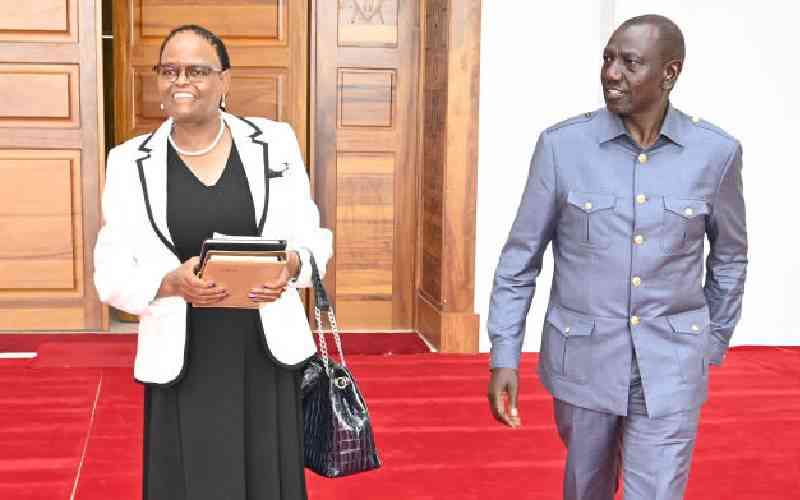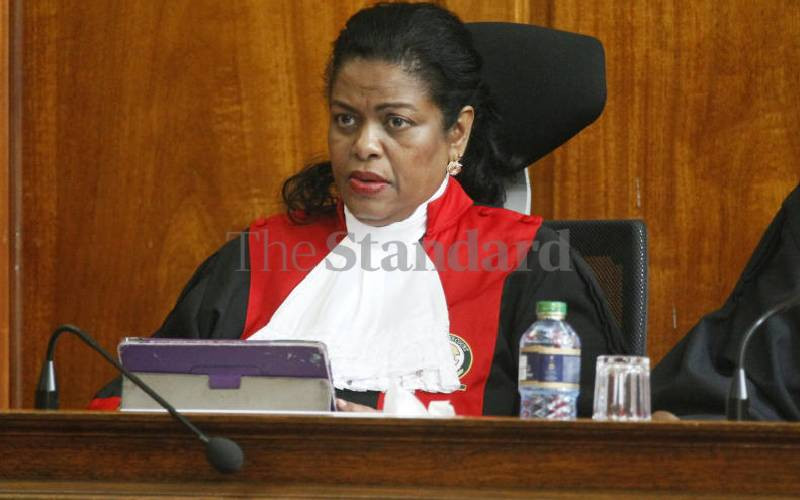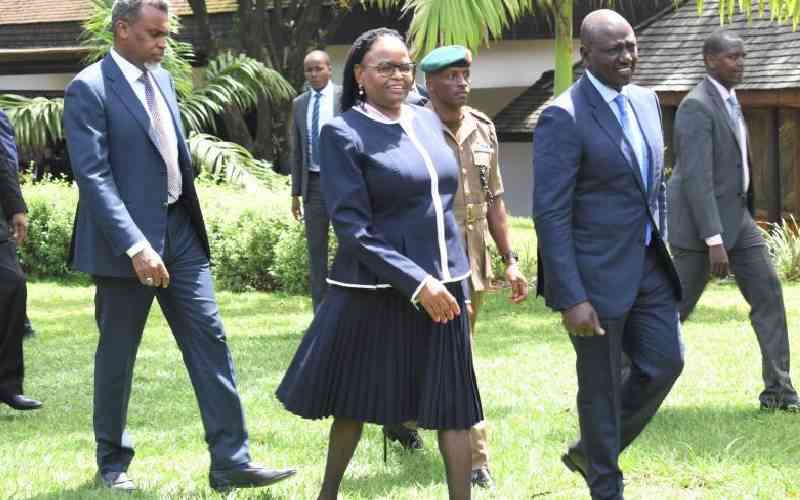By Evelyn Kwamboka
The Judiciary has put in place a digital system aimed at ending backlog of cases.
The system, which will be officially launched today at the Nairobi Law Courts, has seen two cases filed in Mombasa heard in Nairobi via video conferencing.
Justice Philip Waki was able to hear a litigant in Mombasa from Nairobi yesterday, in one of the cases.
Appellate judges will now hear and determine some cases through the system that is to be extended to other major towns next year.
High Court Registrar Lydiah Achode yesterday said parties must sign a consent form for their cases to be heard using this system.
"It is a system whereby litigants interact with judges when giving evidence," she said. So far there are 56 cases pending in the appellate court.
The pilot project is one of the major Judiciary reforms under the Information Communication Technology (ICT) Strategic Policy and Plan for 2010-2015.
The project is expected to take the administration of justice to another level. It will operate until December when it would be decided on whether to adopt it and extend it to High Courts such as Eldoret, Nakuru and Kisumu. If it succeeds, it would also see judges deliver their ruling in prison facilities.
The Judiciary, Achode said, decided to start the system in Court of Appeal to avoid meeting resistance in other courts. "Judges are excited about it and it is going to help everybody," she said. Appellate judges operate based on a calendar prepared at the beginning of each year.
Only twice a year
The court, which operates from Nairobi, had its sessions in Mombasa only twice a year (January and July for less than two weeks).
The ICT project is also expected to bring to an end issues such as files vanishing from the courts registries, lack of stenographers for the judges and magistrates and lack of research assistants.
Video conferencing or tele-presence is an interactive telecommunication technology that allows two or more locations to interact in live transmission of video and speech to a determined number of participants simultaneously.
On both terminals, there is a tele-presence conference room with acoustically enhanced room design, video cameras, a sound system, large screen video display and information processing equipment, coupled with very-high fibre optic bandwidth transmission.
Stay informed. Subscribe to our newsletter
 The Standard Group Plc is a
multi-media organization with investments in media platforms spanning newspaper
print operations, television, radio broadcasting, digital and online services. The
Standard Group is recognized as a leading multi-media house in Kenya with a key
influence in matters of national and international interest.
The Standard Group Plc is a
multi-media organization with investments in media platforms spanning newspaper
print operations, television, radio broadcasting, digital and online services. The
Standard Group is recognized as a leading multi-media house in Kenya with a key
influence in matters of national and international interest.
 The Standard Group Plc is a
multi-media organization with investments in media platforms spanning newspaper
print operations, television, radio broadcasting, digital and online services. The
Standard Group is recognized as a leading multi-media house in Kenya with a key
influence in matters of national and international interest.
The Standard Group Plc is a
multi-media organization with investments in media platforms spanning newspaper
print operations, television, radio broadcasting, digital and online services. The
Standard Group is recognized as a leading multi-media house in Kenya with a key
influence in matters of national and international interest.








